Cold stress
UK law does not prescribe maximum or minimum temperatures. Temperatures in the workplace are governed by the Workplace (Health, Safety and Welfare) Regulations 1992, but this simply obliges employers to provide a ‘reasonable’ temperature.
The approved code of practice ‘Workplace health, safety and welfare’ provides some guidance, suggesting a minimum temperature of 16 degrees Celsius, or 13 degrees Celsius if work involves severe physical effort. There are no guidelines for maximum temperatures, although Health and Safety Executive (HSE) guidance used to suggest 30 degrees Celsius might be a maximum depending on activities.
However, there may be particular risks from exposure to high or low temperatures. Where thermal conditions mean the measures people’s bodies uses to regulate internal temperature begin to fail, this can be described as ‘thermal stress’, such as heat stress and cold stress. If there is a risk of thermal stress, this must be assessed and managed. In the case of cold stress, this might include conditions that are below 12 degrees Celsius.
The HSE has developed a ‘Controlling the risks in the workplace’ method to help employers in the assessment of thermal stress conditions:
- Step 1 : Identify the hazards.
- Step 2 : Decide who is at risk.
- Step 3 : Evaluate the risks.
- Step 4 : Record findings.
- Step 5 : Review assessment
Cold conditions may be a normal part of a person’s day, for which they are well prepared, or may be an unusual situation resulting from extreme weather or from unforeseen circumstances such as failure of heating equipment. Cold stress can be relatively mild, or it can be extremely serious resulting in hypothermia, frostbite, or even death. Some people may be more susceptible to cold stress than others.
Symptoms might include:
- Shivering (or stopping shivering).
- Tiredness, poor coordination or confusion which can lead to accidents.
- Discolouration of the skin or itching.
- Dilated pupils.
- Reduced blood flow, numbness, swelling, tingling or cramps.
- Blisters.
- Slowed pulse or breathing.
- Loss of consciousness.
Avoidance measures might include:
- Portable heaters.
- Minimising exposure to cold areas or cold products.
- Providing breaks.
- Reducing cold draughts.
- Insulating floors.
- Providing personal protective equipment such as protective clothing, special footwear and so on.
The HSE advises that the following British Standards are referred to as a basis from which to formulate a risk assessment strategy and to start managing cold stress:
- BS EN 511: Specification for protective gloves against cold.
- ISO 13732-3 Ergonomics of the thermal environment - Touching of cold surfaces Part 3. Ergonomics data and guidance for application.
- BS 7915: 1998 Ergonomics of the thermal environment : Guide to design and evaluation of working practices for cold indoor environments.
- ISO 11079 Evaluation of cold environments - Determination of required clothing insulation (IREQ)
- ISO 15743 Ergonomics of the thermal environment - cold workplaces - risk assessment and management
Ref HSE: Cold stress.
HSE suggest that additional standards may need to be referred to depending on operational circumstances.
NB In November 2016, construction union UCATT wrote to major house builders proposing extreme weather health and safety guidelines. UCATT General Secretary Brian Rye said, “It’s a complete indictment of an industry that has temperature guidelines to safeguard materials but none whatsoever for the workers. This must now change. We have written to the NHBC to ask them to inject some humanity into the industry and provide clear temperature and extreme weather guidelines for constructors to apply to workers."
[edit] Related articles on Designing Buildings
- BREEAM Thermal comfort.
- Dry bulb temperature.
- Excess cold.
- Globe temperature.
- Health and Safety.
- Health and safety Executive.
- Heating.
- Heat stress.
- How to work safely on a construction site in winter.
- Maximum and minimum workplace temperatures.
- Method statement.
- Non-freezing cold injury NFCI.
- Personal protective equipment.
- Relative humidity.
- Temperature.
- Thermal comfort.
- Wet bulb globe temperature.
- Wet bulb temperature.
[edit] External references
Featured articles and news
Licensing construction in the UK
As the latest report and proposal to licence builders reaches Parliament.
Building Safety Alliance golden thread guidance
Extensive excel checklist of information with guidance document freely accessible.
Fair Payment Code and other payment initiatives
For fair and late payments, need to work together to add value.
Pre-planning delivery programmes and delay penalties
Proposed for housebuilders in government reform: Speeding Up Build Out.
High street health: converting a building for healthcare uses
The benefits of health centres acting as new anchor sites in the high street.
The Remarkable Pinwill Sisters: from ‘lady woodcarvers’ to professionals. Book review.
Skills gap and investment returns on apprenticeships
ECA welcomes new reports from JTL Training and The Electrotechnical Skills Partnership.
Committee report criticises UK retrofit schemes
CIOB responds to UK’s Energy Security and Net Zero Committee report.
Design and construction industry podcasts
Professional development, practice, the pandemic, platforms and podcasts. Have we missed anything?
C20 Society; Buildings at Risk List 2025
10 more buildings published with updates on the past decade of buildings featured.
Boiler Upgrade Scheme and certifications consultation
Summary of government consultation, closing 11 June 2025.
Deputy editor of AT, Tim Fraser, discusses the newly formed society with its current chair, Chris Halligan MCIAT.
Barratt Lo-E passivhaus standard homes planned enmasse
With an initial 728 Lo-E homes across two sites and many more planned for the future.
Government urged to uphold Warm Homes commitment
ECA and industry bodies write to Government concerning its 13.2 billion Warm Homes manifesto commitment.
From project managers to rising stars, sustainability pioneers and more.
Places of Worship in Britain and Ireland, 1929-1990. Book review.
The emancipation of women in art.












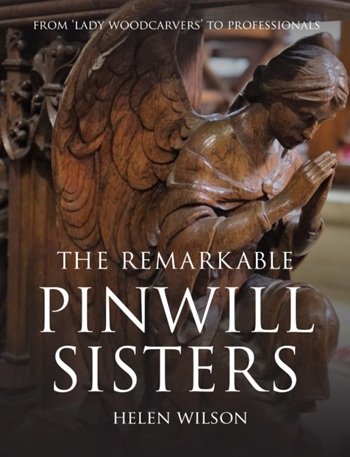

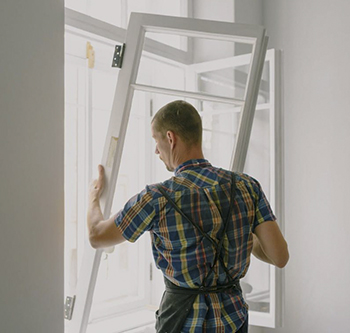

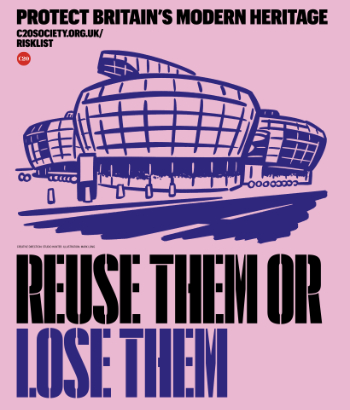
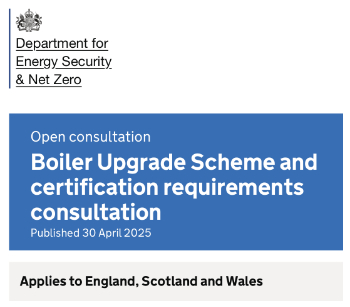

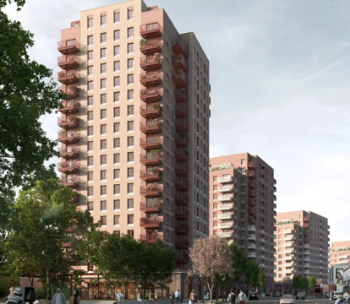
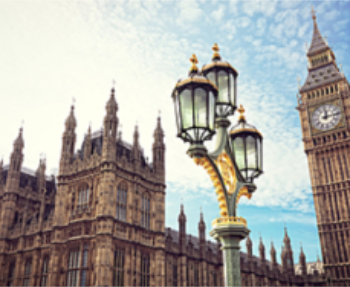


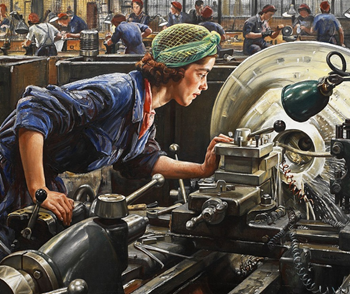
Comments
To start a discussion here, click 'Add a comment' above.